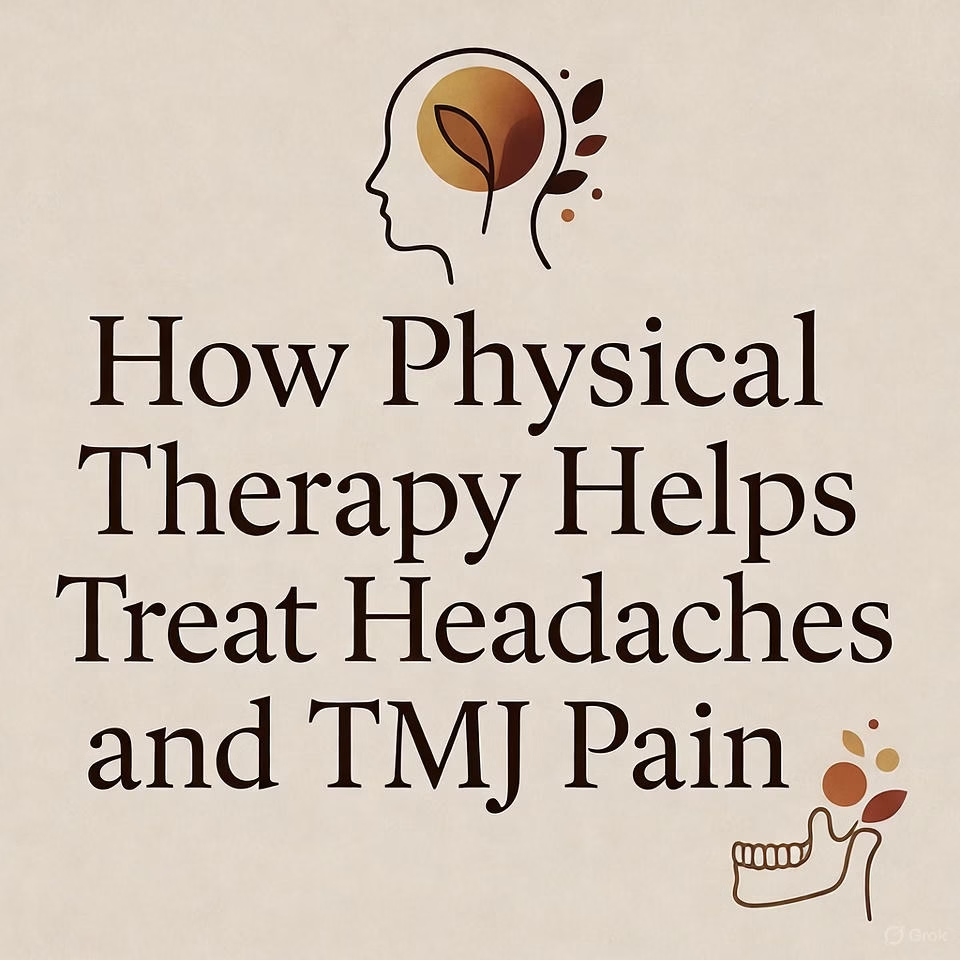Headaches and TMJ pain can feel like they take over your entire day. Whether you’re dealing with a constant dull ache, sharp jaw discomfort, or that tension that spreads from your neck up to your temples, it can be exhausting. What many people don’t realize is that these issues often come from muscular tension, poor posture, or dysfunction in the joints and soft tissues around the head, neck, and jaw. This is exactly where Idaho Falls physical therapy can make a powerful difference. Instead of just masking pain with medication, PT focuses on treating the root cause to help you feel better long term.
Understanding the Connection Between the Jaw, Neck, and Head
The TMJ, or temporomandibular joint, is the hinge that connects your jaw to your skull. It’s involved in talking, chewing, yawning, and even facial expressions. Because the jaw, head, and neck share muscles, nerves, and alignment patterns, problems in one area can easily trigger pain in another. Tight jaw muscles can create tension headaches. Poor neck posture can strain the jaw. Clenching or grinding can cause both jaw pain and headaches. PT helps untangle these connections so your body can move the way it’s supposed to.
Releasing Muscle Tension That Triggers Pain
A huge contributor to TMJ pain and certain headaches is muscle tightness. Many people hold tension in the jaw, neck, and shoulders without realizing it. A physical therapist can use manual therapy techniques like soft tissue release, myofascial work, and trigger point therapy to relax overworked muscles. Loosening these tight areas reduces pressure on the TMJ and decreases the intensity and frequency of headaches. This hands on treatment also helps improve circulation, restore normal movement, and calm irritated nerves.
Improving Posture to Reduce Strain
Our daily habits often create hidden stress on the neck and jaw. Hours spent leaning over phones or laptops can push the head forward, placing extra strain on the upper back, neck, and jaw joints. Over time, this posture can contribute to both headaches and TMJ dysfunction. PT helps retrain your posture by strengthening weak muscles, stretching tight ones, and teaching you how to keep your spine aligned in a natural, comfortable position. When your posture improves, tension decreases, and pain often fades.
Strengthening Key Muscles for Better Jaw and Neck Stability
Weakness in the muscles that stabilize your jaw and neck can make it easier for strain and pain to develop. PT includes targeted exercises that gently strengthen these areas so they can support your movements without creating tension. You might learn exercises for the deep neck flexors, shoulder stabilizers, and small jaw-supporting muscles. Over time, this balance and strength help reduce flare ups and make everyday activities—like chewing or talking—feel more comfortable.
Addressing Clenching and Grinding Habits
Many people clench their teeth or grind their jaw during sleep or stressful moments. This extra pressure can irritate the TMJ and cause muscles in the face and head to tighten. A physical therapist can help identify these habits and teach strategies to reduce tension, like relaxation exercises, jaw positioning techniques, and breathing practices. When paired with manual therapy, these habits become easier to control, leading to fewer headaches and less TMJ discomfort.
Restoring Normal Jaw Movement
TMJ pain often comes with clicking, popping, or restricted jaw motion. Physical therapy can help restore smooth, comfortable movement through mobilization techniques, stretching, and exercises that retrain the jaw’s natural mechanics. Improving this motion reduces pain and prevents uneven wear on the joint.






